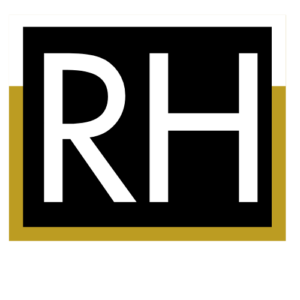Construction Tip: Regular Inspections
Schedule regular inspections during construction to catch and correct any issues early.
Building a dream home from the ground up is an exciting endeavor, but it comes with a myriad of challenges and complexities. One crucial aspect that should not be overlooked during the process of designing a new custom home is scheduling regular inspections. These inspections play a pivotal role in identifying and rectifying potential issues early on, ensuring the final result meets the highest standards of quality and safety.
Early Detection and Resolution – Regular inspections during the construction phase enable homeowners to identify and correct any issues before they snowball into major problems. By catching construction faults early, builders can mitigate potential risks and save significant time and money down the road. Timely intervention ensures that errors are addressed promptly, preventing costly post-construction repairs and expensive reworks.
Maintaining Building Standards – With regular inspections, homeowners can rest assured that their custom-built home adheres to local building codes and industry standards. These codes and regulations ensure that the house is structurally sound, energy-efficient, and safe for occupancy. Inspections act as a proactive measure to monitor compliance throughout the construction process, guaranteeing that the final product is in full compliance with all regulatory requirements.
Quality Assurance – Thorough inspections provide homeowners with the peace of mind that their custom home is constructed with the utmost attention to detail and quality. Professional inspectors possess the necessary expertise to examine various elements of the building, including structural integrity, electrical and plumbing systems, insulation, and more. By conducting regular inspections, potential flaws can be identified and rectified promptly, resulting in a flawlessly finished home that reflects the envisioned design.
Collaboration and Transparency – Regular inspections encourage open lines of communication and foster collaboration between homeowners, builders, and architects. By involving all stakeholders in the inspection process, any concerns or changes can be addressed in a timely manner. This ensures that the final product aligns with the intended vision while accommodating any necessary modifications or adjustments deemed vital during the construction phase.



Leave a Reply
Want to join the discussion?Feel free to contribute!